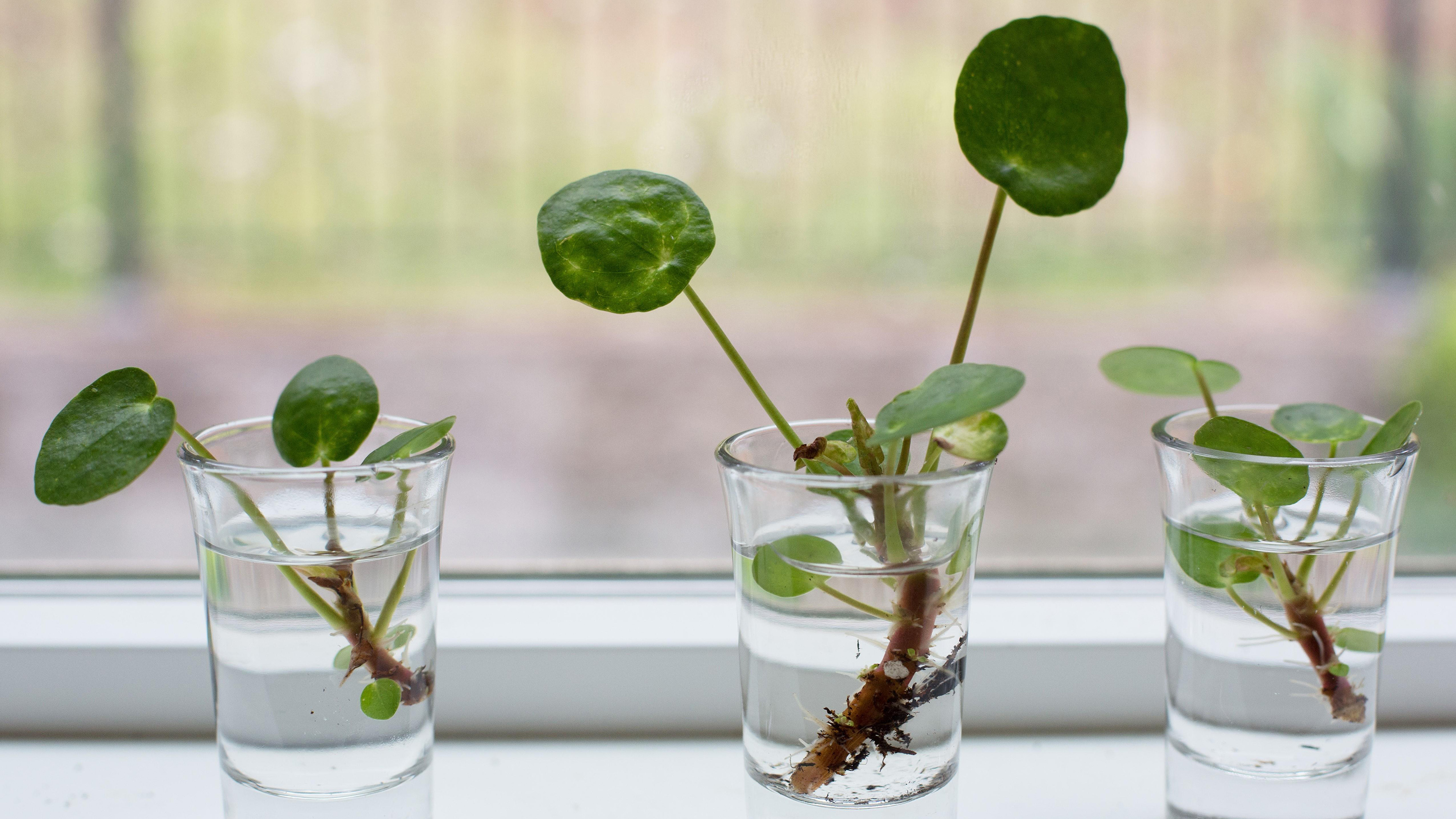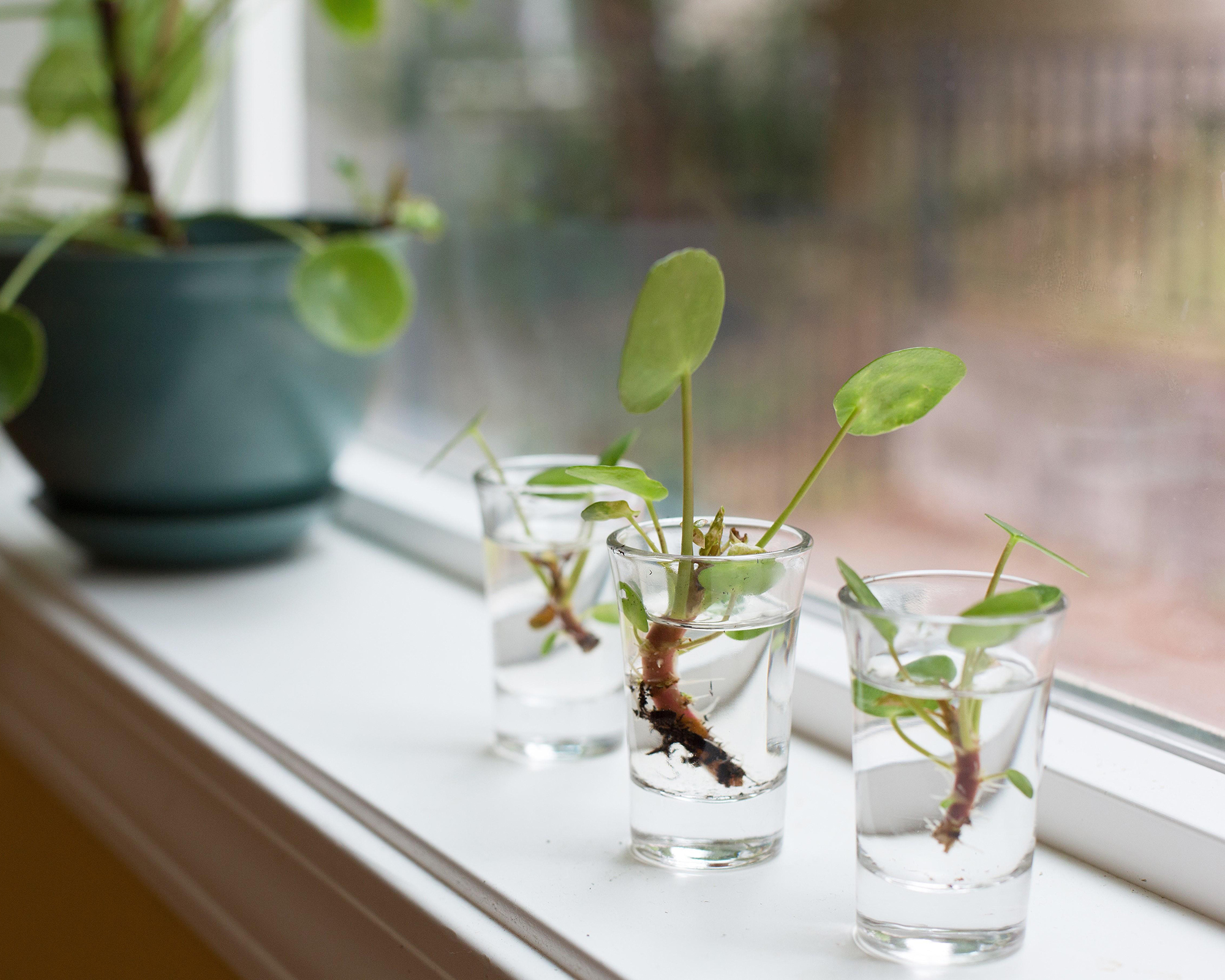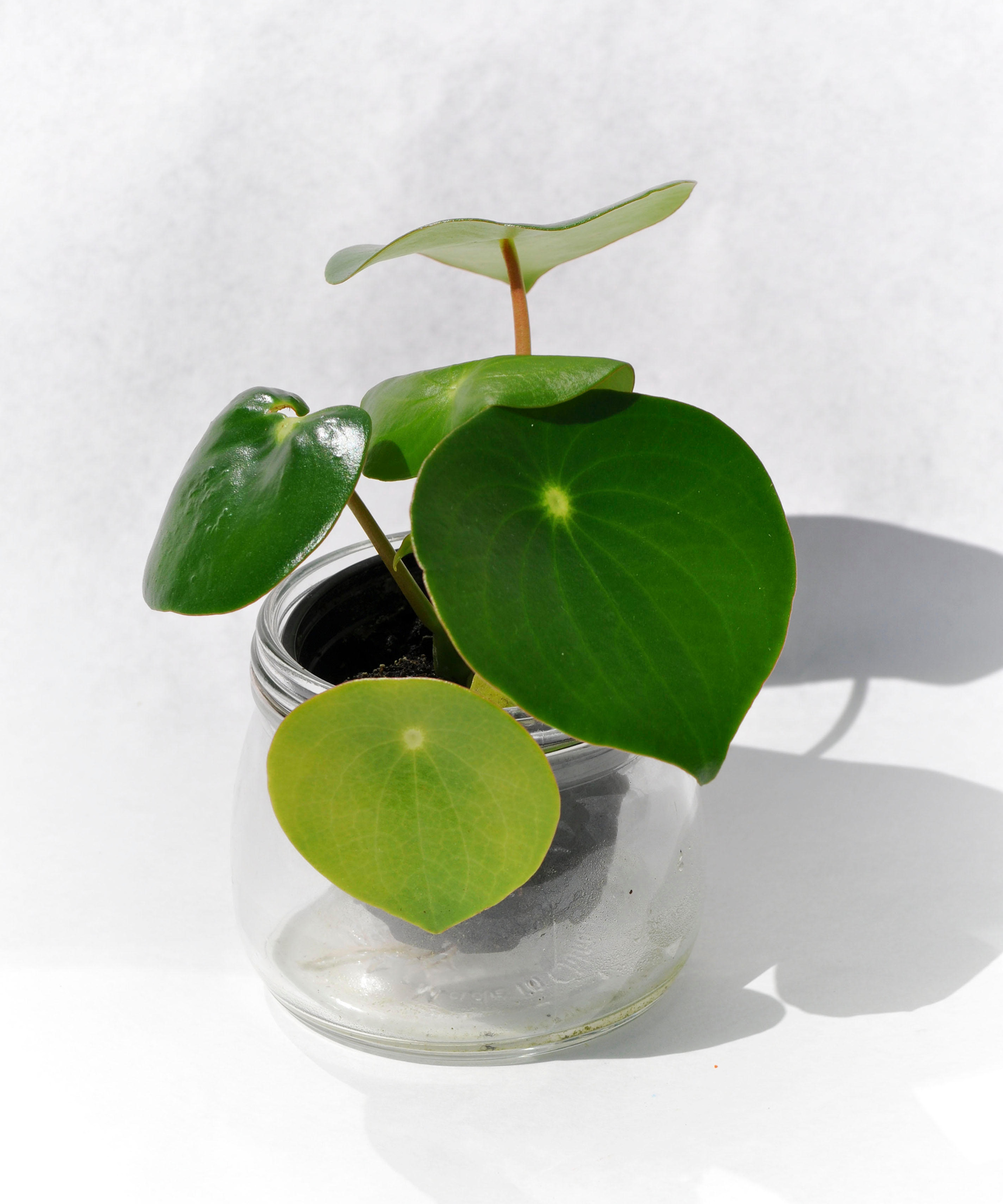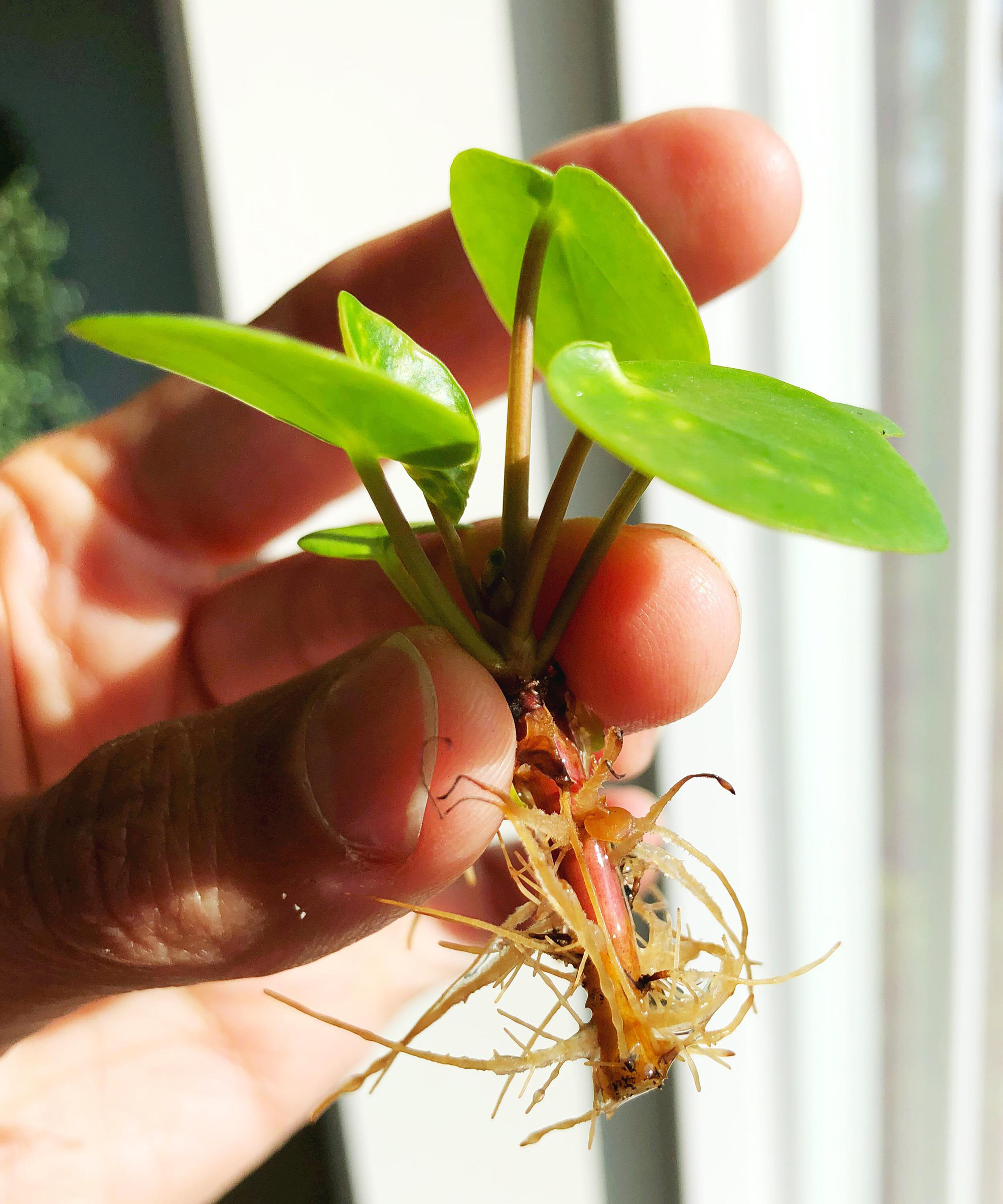Chinese money plant propagation: tips on how to multiply your plants
Learn Chinese money plant propagation by taking cuttings or removing pups from the mother plant


Try Chinese money plant propagation to create more of your favorite houseplants. With its dome of coin-shaped green leaves held on arching stems, the Chinese money plant (Pilea peperomioides) has many common names, including the friendship plant and pass-it-on plant.
It gained these epithets because it forms baby plantlets, or 'pups', that can be potted up and shared among friends. In fact, this practice was so popular that for many years few people actually bought a new Chinese money plant until their online popularity created a boom in sales.
So at a time when we're all watching our spending, making new plants from these babies is a very easy way to multiply your collection, and create gifts for friends and family.
Chinese money plant propagation from pups in 4 easy steps
The best time to remove pups or take cuttings from your Chinese money plant is in spring, when the plant is in full growth and will quickly develop new roots. Soon you will have lots more free indoor plants to add to your collection.
1. Locate your 'pups'

When you have had your Chinese money plant for a year or two, like with spider plant propagation, you will notice little baby plantlets developing around the mother plant, either in the compost away from the parent or closer to the stem.
When a pup growing in the compost has a few sets of leaves and is large enough to handle, use a teaspoon to gently lift it out of the pot. Using a pair of clean, sharp scissors or the best secateurs, cut the long root-like rhizome that is tethering the baby to the mother, as close the parent plant as possible.
2. Set your rhizome in water

Up to this point, the mother plant has been supplying the pup with water and food, so it will now need to build up a good root system of its own. To allow it to do this, do as you would with fiddle leaf fig propagation, and pop the rhizome into a jar of water with the leaves above the surface, and set in a bright spot out of direct sun.
After a few weeks, you will notice roots developing from the rhizome. Alternatively, if your pup already has some roots, you can plant it directly into a small pot (with drainage holes in the base) of free-draining compost, such as a 2:1 mix of soil-based compost and perlite.
3. Take additional cuttings

The small plantlets that develop close to the main stem of the mother plant will not have a rhizome, since they are attached to the parent’s stem. Snip these off when they are about 2-3in (5–7cm) long, cutting them as close to the parent as possible, without damaging the plant.
These cuttings will have no roots, like with dracaena propagation, but will soon develop some when you place the severed end in water, as described above.
4. Plant your cuttings in pots

If your cuttings are in water, wait until they have a good set of roots before planting each one individually into a small pot (with drainage holes in the base) filled with a 2:1 mix of soil-based compost and perlite.
Unlike spider plants who favor a dry soil, keep the compost moist by watering the pots from the base. To do this, place them in a tray or bowl of water and allow the compost to draw up the moisture; remove the pots from the tray when the top of the compost feels damp.
Watering plants from below also prevents compost being dislodged and exposing the immature roots of the young plants.
Tips for Chinese money plant propagation by cuttings
Another way to propagate this pretty houseplant to boost your indoor garden collection is by cutting stems, as you would do with succulent propagation. Simply remove the top of the stem and use it as a cutting.
As well as creating a new plant, this is a good method to try if your plant has become ‘leggy’ or has stretched and grown unevenly towards to the light, since it will also make it more compact and bushy.
- In spring, simply cut the main stem just above a set of leaves, about 6–8in (15–20cm) from the base. Make sure that the stem section you remove also has a few sets of leaves.
- Then place the cut end of the severed stem in water, as described above. Roots will form after a few weeks and when the cutting has a good root system, you can pot it up in the same way as you would for a pup.
- Meanwhile, the parent will start to develop new leafy stems from the central stem to create a bushier plant. The plant behaves in this way because you will have removed the hormone ‘auxin’ in the stem tip which inhibits the growth of the side shoots below, allowing them to then develop. Once your propagated Chinese money plant has developed sufficiently it will be a great low maintenance indoor plant.

How do you remove a baby from a Chinese money plant?
If the baby or 'pup' has a few leaves then it's safe to remove this gently with a spoon. It will be attached to the mother plant by a rhizome, cut this as close to the mother as possible.
Keep the cuttings’ compost moist, watering them from below while the plantlets are still small. Do not add any fertilizer until your plants have put on some new leafy growth, when you can return to watering them from above and feeding them regularly. As humidity lovers they will be great plants for bathrooms and kitchen plants.


Zia Allaway is a garden book author, editor, and journalist, and writes for a range of gardening and women’s magazines, including Easy Gardens, Homes & Gardens and Livingetc, as well as The Guardian and The Daily Telegraph newspapers. She has also written books for the Royal Horticultural Society and Dorling Kindersley publishers, including Eco-Gardening, Compost, Low Maintenance, Practical House Plant Book, Practical Cactus & Succulent Book, Indoor Edible Garden, What Plant Where, and the Encyclopedia of Plants and Flowers.
